You are viewing ARCHIVED content published online before January 20, 2025. Please note that this content is NOT UPDATED, and links may not work. Additionally, any previously issued diversity, equity, inclusion or gender-related guidance on this webpage should be considered rescinded. For current information, visit https://www.blm.gov/blog.
Jackson Interagency Hotshot Crew is recertified as a type 1 IHC
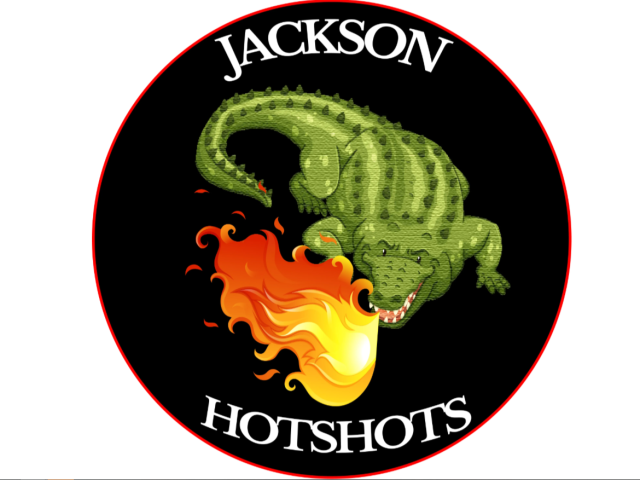
Congratulations to the Jackson Interagency Hotshot Crew (IHC) who were recently recertified as a type 1 IHC! The crew completed the recertification process over the last two months on fire assignments and concluded with approval from a certification team at the National Interagency Fire Center (NIFC) in Boise, Idaho, August 19, 2021.
“We are so excited to see these young men and women regain their elite status after years of hard work,” said BLM Eastern States State Fire Management Officer Bart Kicklighter. “Many thanks to the crew and everyone that participated in the final process to make this happen.”
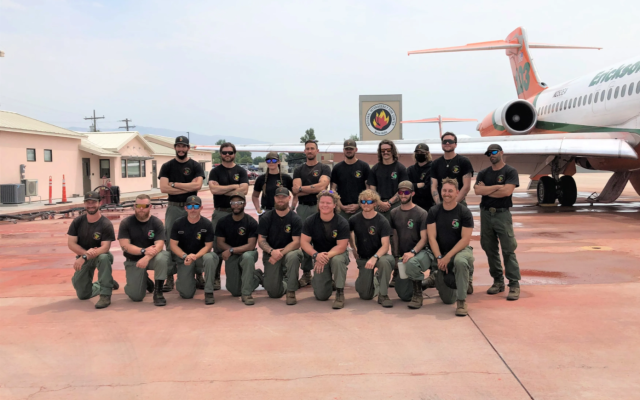
Established in 1997, the Jackson Hotshots are based out of Jackson, Mississippi, and one of 13 BLM Hotshot crews and the only crew located east of the Mississippi River. When an IHC is unable to meet all standards for two years, the crew is required to complete the recertification process to regain type 1 IHC status. The crew has been operating as a type 2 initial attack (IA) crew since 2018 due to several retirements which led to missing specific qualifications needed in overhead positions to maintain type 1 status. Once new leadership is in place, it can then take a few seasons of cohesion building, training, and gaining more wildfire experience and qualifications before the crew can re-apply for status as a type 1 IHC.
In 2021, the Jackson crew began the rigorous recertification process involving a series of physical and mental challenges, a lot of paperwork, and successful performances as a crew on wildfire assignments. The process began by submitting pre-season readiness review documents, embedding a reviewer to accompany them during two wildfire assignments, completing a training, qualifications, and standards review, and finishing up by meeting in Boise with the certification committee for discussions, checklists, and sand table exercises. They passed all requirements with no issues.
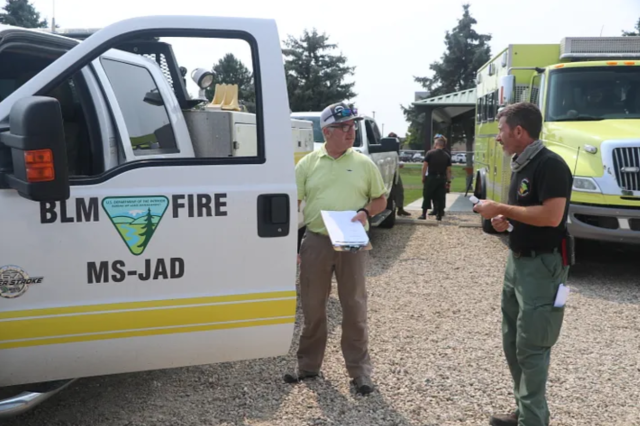
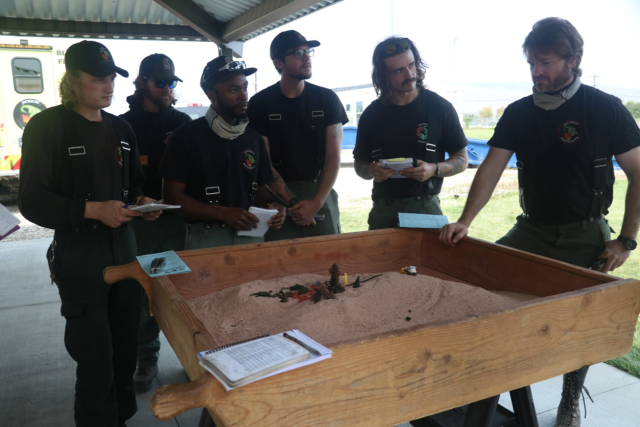
“Darren O’Loughlin took over as Jackson Interagency Hotshot superintendent in 2018, and I can’t say enough about his patience, vision, and leadership skills in rebuilding the Jackson IHC,” said BLM Fire Management Specialist, Division of Fire Operations Steve Shaw. “I’m proud of the work Darren, Jamie Schnick, assistant superintendent, and the crew have put into this and so happy to have the crew back as one of our BLM type 1 IHCs.
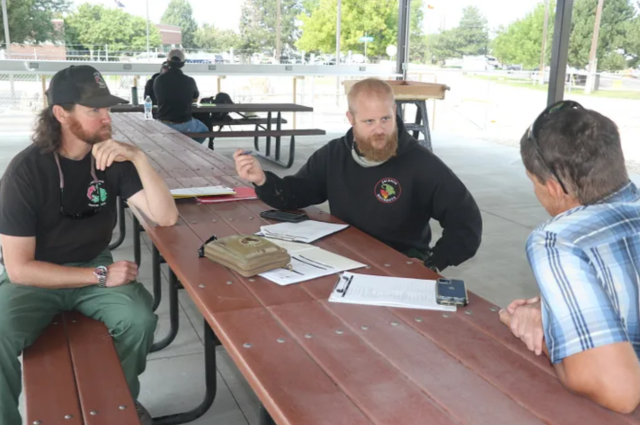
A type 1 IHC is a hand crew made up of 20–25 highly trained, skilled, and experienced wildland firefighters who respond to large, high-priority fires across the nation. They are assigned to work the most challenging parts of the fire. IHC’s can perform self-contained initial attack suppression operations, and commonly provide incident management capability and leadership at the type 3 or 4 levels. Hotshots are trained and equipped to work in remote areas for extended periods of time with minimal logistical support.
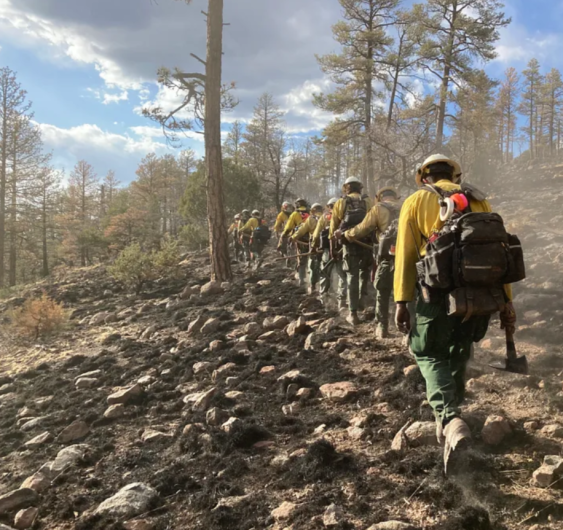
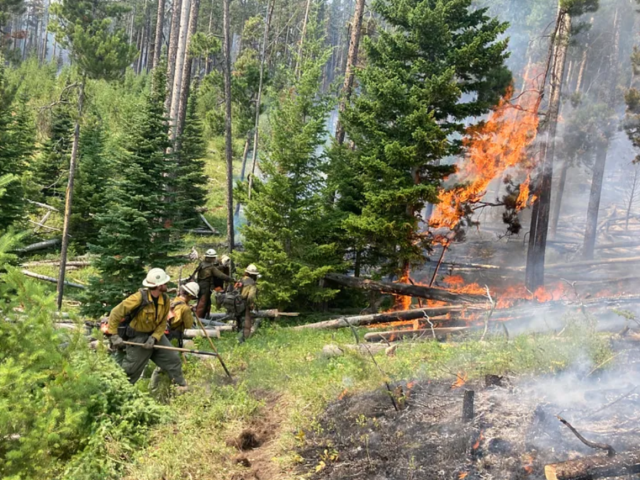
IHC’s must be annually certified by the local host unit agency administrator or designee prior to being made available for assignment. BLM IHCs must meet all requirements found in the Standards for Interagency Hotshot Crew Operations (SIHCO) and the Interagency Standards for Fire and Fire Aviation Operations, commonly known as the Red Book, while providing a safe, professional, mobile, and highly skilled hand crew for all phases of fire management and incident operations.
Hotshot crews were first established in southern California in the late 1940s on the Cleveland and Angeles national forests. They were called “hotshot” crews because they worked on the hottest part of wildfires. IHCs are staffed, conditioned, equipped, and qualified to meet a variety of strategic and tactical wildland fire assignments. When not committed to fire assignments, IHCs can provide a workforce to accomplish a variety of resource management objectives while maintaining availability for incident mobilization.
The USDA Forest Service, National Park Service, Bureau of Land Management, Bureau of Indian Affairs, state, and county agencies sponsor more than 100 interagency hotshots crews.
To learn more about the Jackson IHC, check out their page here and podcasts here.
Please join BLM Fire in congratulating the Jackson Interagency Hotshot Crew on their achievement to regain type 1 IHC status this year as they complete the 2021 fire year as a type 1 IHC on a wildfire assignment in Washington.
Carrie Bilbao, Public Affairs Specialist, BLM Fire
Related Stories
- Aerial Sagebrush Seeding Helps Restore Robertson Draw Fire Burn Area
- On the Arizona Strip, Now is the Time for Fire and Fuels Work
- Long-term partnership between BLM Fire and United States Air Force builds national firefighting capacity and accomplishes critical fuels work
- Enhancing Wildland Fire Response: Modernizations to Wildland Fire IT
- Recreate Responsibly with Fire
